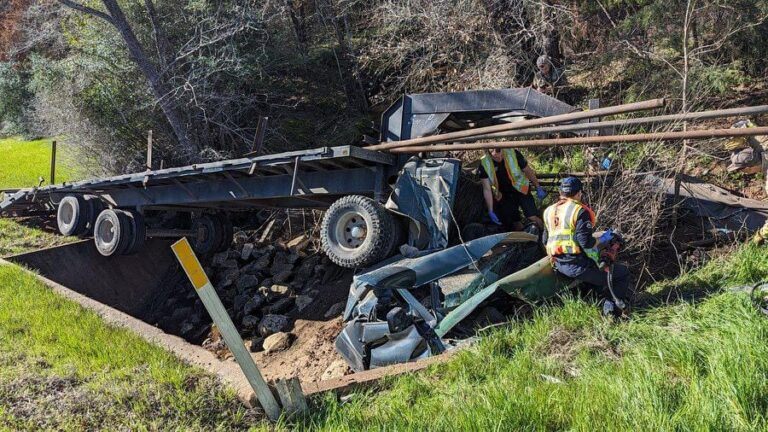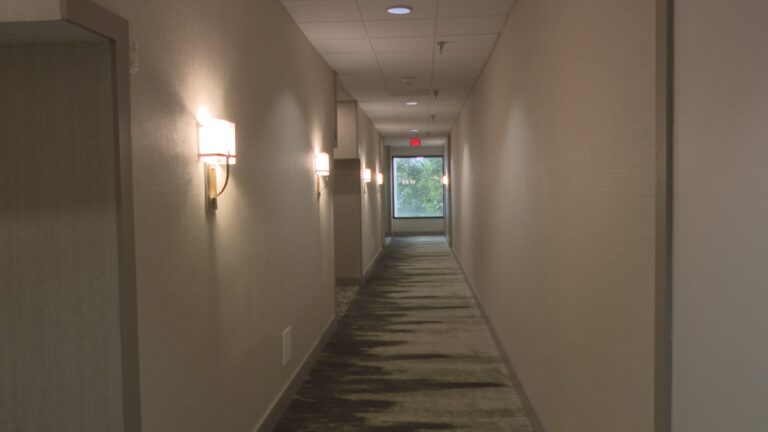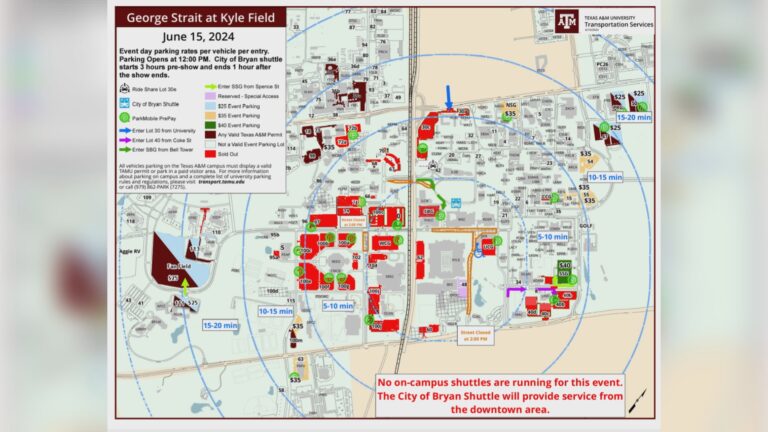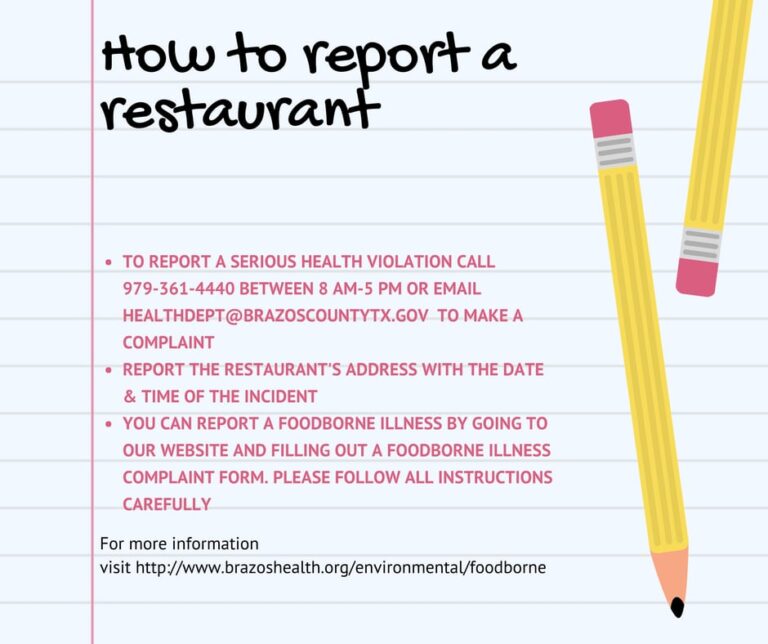Emergency room visits surge, Texans die amid dangerous heat wave
A dangerous heat wave that blanketed Texas this month has prompted a public health crisis that’s particularly affecting older people and outdoor workers across the state, local and federal health data shows.
At least nine people have died from the heat in one South Texas county, the local medical examiner reported, eight of them older than 60. In sweltering Texas prisons, at least nine inmates, including two men in their 30s, have died of heart attacks or unknown causes in facilities that lack air conditioning.
And in one particularly harrowing incident, a 14-year-old boy and his stepfather, 31, died after hiking in Big Bend National Park last Friday. The stepfather died after crashing his car as he raced to get help after the boy lost consciousness on the trail, while the boy’s 21-year-old brother attempted to carry himback to the trailhead on a day when temperatures in the area reached as high as 119 degrees, according to the National Park Service.
The unrelenting 100-degree temperatures across the state shattered weather records this month amid a heat wave that’s stretching into its fourth week in some parts of Texas. The heat dome is moving east, so Texans could finally see some relief after weeks of oppressive heat.
Such heat waves and the record-breaking temperatures they bring are becoming more common and severe due to climate change, scientists told The Texas Tribune.
Emergency department visits related to the heat also surged across Texas this month as alarmed medical examiners and local public health officials alike are warning residents about health risks from the life-threatening heat.
Heat is one of the most dangerous types of weather, typically killing more people annually in the U.S. than hurricanes, tornadoes or flooding.
“Heat waves can have a significant impact on human health,” said Jesse Berman, an environmental epidemiologist and an assistant professor of environmental health sciences at the University of Minnesota. He said the public should keep in mind that although the heat might not seem deadly, it’s just as dangerous as other types of extreme weather.
“Heat waves don’t have that major visible impact the way a hurricane or tornado can, but they certainly have major impacts on population in a sneakier way,” Berman said.
Thousands of Texans have sought emergency medical care in June related to the heat, data from the Texas Department of State Health Services and the U.S. Centers for Disease Control and Prevention shows. Only about half of health facilities report heat-related illness data to the state’s health department, meaning the real toll on Texans’ health is almost certainly much worse.
In the last two weeks, a CDC region that includes Texas and the states that border it set three new daily records for the number of heat-related emergency department visits since 2017, the first year for which data is available, according to the CDC.
On June 20, for example, more than 1,100 people per 100,000 emergency department visits were treated for heat-related illness by emergency departments in Texas and its neighboring states, a record high for the region.
Texas’ state health department does not yet have complete data on how many Texans died from the heat this month. Lara Anton, senior press officer for DSHS, said the state will likely have a more complete picture of the human toll from the heat wave in about six weeks.
In Webb County, where nine people have been pronounced dead due to the heat, the chief medical examiner, Dr. Corinne Stern, begged the public to take precautions at a commissioners court meeting in Laredo earlier this week.
“This is heat like we’ve not seen here before,” Stern said. “Deaths ruled by heat stroke are ruled accidents, and accidents by definition are preventable.
“All of these deaths could have been prevented,” she added.
Stern said for each of the nine deaths reported in Webb County this month, she heard family and friends recount how their loved one claimed they’d be okay because they’d endured the heat in the border community many times, or how the deceased person had meant to fix their air conditioning but hadn’t gotten around to it yet.
The early-in-the-season heat wave likely left people underprepared, she said.
“Our county was caught a little off guard,” Stern told the commissioners. “These high temperatures are higher than what we normally see, and I think many of us thought, ‘Oh, it’s just going to be another couple hot weeks in our county.’”
Dr. Richard Chamberlain, Laredo’s health director, said that emergency responders noted that the patients’ homes were “extremely hot” or that the individual had worked outdoors prior to returning home.
“It’s an unfortunate situation — any loss of life that is abrupt is concerning,” Chamberlain said. “Myself and members of the community have become very concerned.”
In Hidalgo County, which includes McAllen, emergency rooms are swarming with workers suffering from heat exhaustion and other complications related to the high temperatures. Dr. Iván Meléndez, the health authority for Hidalgo County, estimated about 15-20% of the emergency department patients he’s admitted in recent weeks had medical complications related to heat.
For example, Melendez said, he saw a handful of patients this week with heart failure after drinking too much water “because it’s so damn hot.” And about a quarter of the psychiatric patients he admitted this month were those who became aggressive or violent, a symptom he attributed to the heat.
“When the temperature goes up, you see a lot more hostility, assaults, aggression and domestic violence,” Melendez said.
Melendez said that when he was growing up in Hidalgo County in the 1960s, his family didn’t have air conditioning, so they used fans and water to cool their rooms. Now, he said, “it’s impossible. There’s no way you’re going to sleep without an air conditioner.”
In Dallas County, a handful of people with heat exhaustion and heat stroke began to appear in emergency departments in early June.
But by the middle of the month, dozens of people were being rushed to medical help per day. On one particularly hot day when temperatures reached almost 100 degrees, more than 40 people in Dallas County sought emergency care for heat exhaustion or heat stroke, data from hospitals and the Dallas County medical examiner’s office shows.
In the last two weeks alone, roughly 130 people in Dallas County were treated by emergency departments for heat-related illness, county data shows. That’s more than double the number of cases the county had in all of June last year.
Most of the patients in Dallas were men between the ages of 18 and 44, data shows. Christian Grisales, a public information officer for Dallas County Health & Human Services, said that indicates most patients were likely exposed to the heat during the workday.
“We are encouraging the community to take [the heat] seriously because the heat can kill them,” he said.
Dallas County offers a program to assist low-income households with fixing air-conditioning units or providing air-conditioning window units. “We give priority to the elderly, disabled and families with small children,” Grisales said.
In Southeast Houston, some residents are taking precautions to avoid the emergency room. Erandi Treviño, 31, said that she’s waking up two hours earlier than usual to tend to the nursery that she owns, so that she can avoid the hottest part of the day. Even so, last weekend while she was working in the greenhouse, she said she quickly began to fall ill.
“I thought I was going to have a panic attack because of how hot it felt,” said Treviño. “It was hard to take a deep breath.”
Treviño, who is also a coordinator for Moms Clean Air Force, an environmental organization that advocates for better air quality, added that she’s also concerned about the health impact of high ozone levels in the Houston area during the heat wave. Heat exacerbates ozone pollution.







